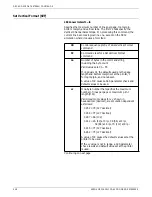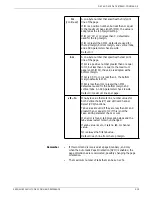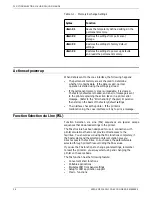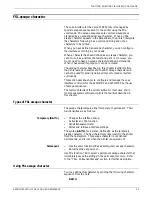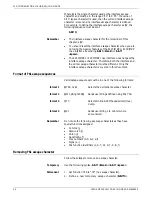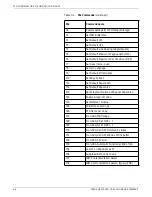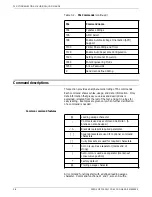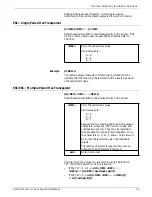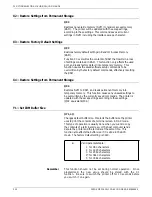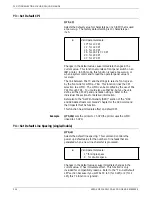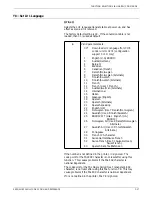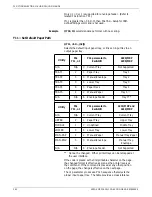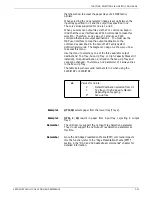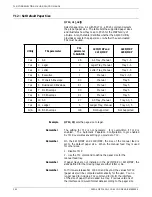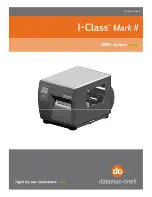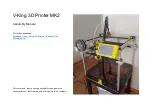
FUNCTION SELECTION VIA LINE (FSL) COMMANDS
defined trailing escape character. Commas are used as
delimiters, and are not expressly explained for each command.
ESC—Single Paired Hex Transparent
@<HEX>@<HEX> . . . @<HEX>
Sends hexadecimal (HEX) codes transparently to the printer. This
function is also used to execute user-defined macros (refer to
FSL Y90).
<HEX>
Pair of hexadecimal values
Valid values are:
0—9
A—F
a—f.
Example
@1B&11H
The leading escape character of this string command tells the
interface that the following characters should be treated as a pair
of hexadecimal codes.
ESC-ESC—Multiple Paired Hex Transparent
@@<HEX> <HEX> . . . <HEX>@
Sends hexadecimal (HEX) codes transparently to the printer.
<HEX>
Pair of hexadecimal values
Valid values are:
0—9
A—F
a—f.
Between the two leading and the trailing escape
characters, all spaces, 3270 control codes, and
commas are ignored. They may be inserted in
the data stream to make it more readable. Only
the characters 0—9, A—F, and a—f are allowed.
Any other characters may give unpredictable
results.
The last hex character is ignored if an uneven
number of hex-characters is received.
ascii
Data in plain text
Depending on the values you select when using FSL function
Y47—ESC Mode Selection, do the following:
•
If FSL Y47 = 1 or 2, use @@<HEX> <HEX> . . .
<HEX>@ or @@<HEX>’ apostrophe ascii’@
•
If FSL Y47 = 3, use @@<HEX> <HEX> . . . <HEX>@@
or @@ ! ascii ascii@@.
XEROX MRP FAMILY COAX COMMAND REFERENCE
3-9


